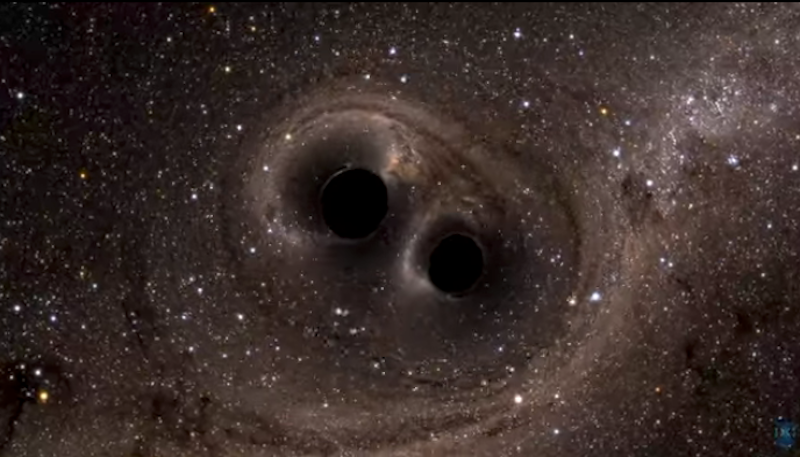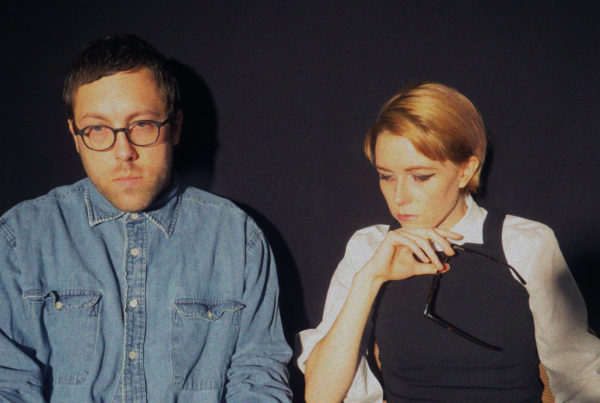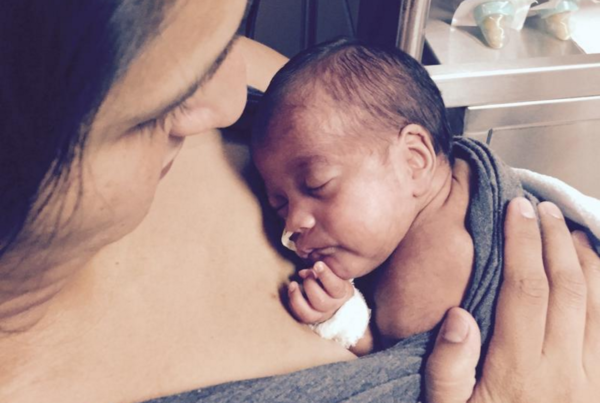Last September, a small chirp rattled a pair of L-shaped antennas for the first time. That’s the sound you hear when there’s a ripple in the fabric of space and time – a gravitational wave. The wave is caused by two black holes colliding, circling each other at half the speed of sound, tugging at the space and time around them.
This December, scientists heard the chirp again, confirming Albert Einstein’s Theory of Relativity for the second time in recorded history.
David Reitze played a key role in the discovery. He’s the executive director of the Laser Interferometer Gravitational-Wave Observatory (LIGO), which operates the antennas in Louisiana and Washington state that picked up the waves.
“On a fundamental scale it changes the way we look at the universe,” he says. “So it’s a new kind of astronomy. And I think everybody can get excited about that.”
These two black holes were not as massive as the first pair and created a much more subtle signal. LIGO scientists used laser interferometry – a standard technique used in physics to precisely measure changes in distance.
“A gravitational wave is a displacement in space-time,” Reitze says. “It’s actually a strain in space-time … which is not an easy concept for even physicists sometimes to understand.”
When two black holes are locked together in orbit they are moving incredibly fast. Because they’re moving in circular orbits, Reitze says, the black holes are emitting gravitational waves – they’re radiating away energy.
“The more they radiate, the closer they get together, the faster they spin around each other,” Reitze says. “Eventually they’re moving so fast they collide with each other.”
The chirp sound is the inspiral before the collision, Reitze says. The collision of the two black holes is almost a non-event as far as emitting gravitational waves is concerned.
“Once these two black holes collide and settle into a final black hole,” Reitze says, “there’s a little bit of a signal that’s very very difficult to see and we got a hint of it in the first detection that we made.”
Post by Beth Cortez-Neavel.
















